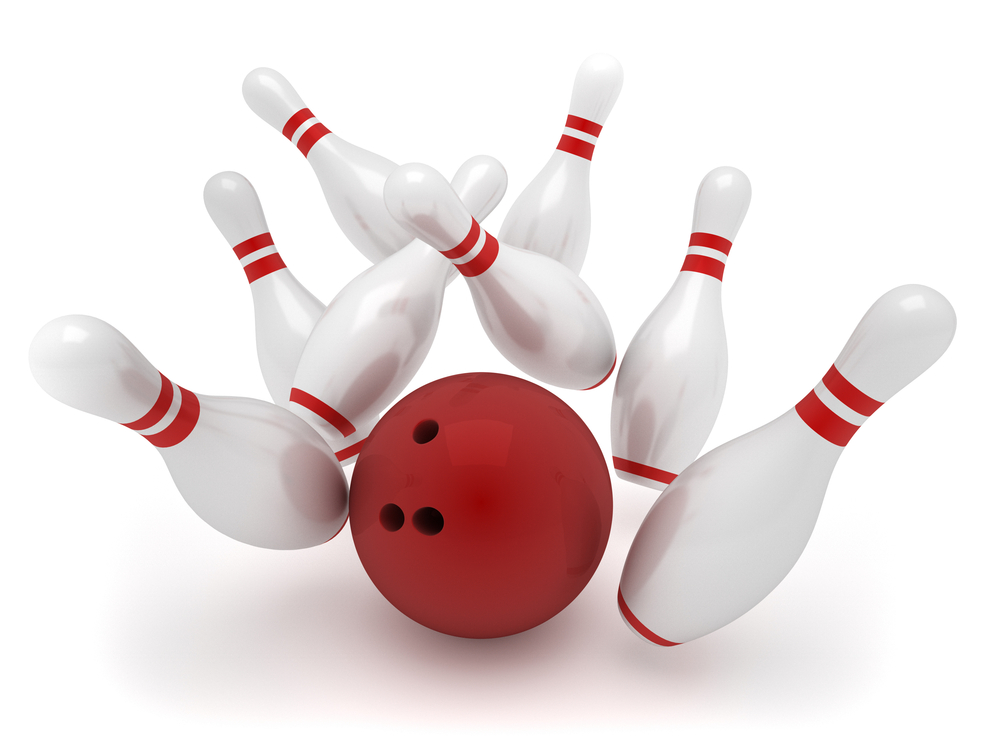
As a beginner or amateur bowler, learning the ins and outs of ball maintenance is a must. Knowing when and how to clean your ball is important, but also knowing how to store your ball is pretty important too.
Your greatest asset or tool in bowling is your bowling ball, and understanding its temperament is vital. Does it like extreme weather? What happens if it gets too cold, can bowling balls freeze?
And, if they do, what happens to them? What should you do to unthaw it?
If this ever happens to you, we want to help. So we've answered those questions and more. Plus, we'll provide some tips on how to keep your bowling ball in good condition during the winter months.
Contents
- 1 Can Bowling Balls Freeze?
- 2 How Cold Is Too Cold for a Bowling Ball?
- 3 How Does the Cold Affect Bowling Balls?
- 4 Why Does Temperature Matter for Bowling Balls?
- 5 How Does Heat Affect a Bowling Ball?
- 6 Can Bowling Balls Crack Due to Cold?
- 7 What Other Damage Can Cold Cause to a Bowling Ball?
- 8 How to Properly Store Your Bowling Ball
- 9 How Can I Warm My Bowling Ball?
- 10 Frequently Asked Questions
- 11 Related Articles
Can Bowling Balls Freeze?
Can bowling balls freeze? Yes- they can freeze. Bowling balls are made of materials that can freeze. When bowling balls freeze, they will usually get quite hard. This makes them difficult to use and can cause damage to the ball itself. For this reason, it’s important to keep your bowling balls away from extremely cold temperatures.
How Cold Is Too Cold for a Bowling Ball?
For those who are new to the sport of bowling, they may not be aware that freezing temperatures are not good for bowling balls. There are a few things they need to take into consideration.
The first is cold weather cause the balling ball's materials to constrict (shrink). Bowling ball shells are made up of plastic, polyester, urethane, and other materials. Some materials used to make bowling balls will become harder in the cold, making it more difficult to get a good hook on the ball. In addition, the lanes themselves may be different in colder weather.
The oil on the lanes will freeze (or become solid), making the ball travel slower and making it more difficult to control your shot. As a result, it is important to be aware of the conditions before you head out to bowl in cold weather.
Any cold temperature below 8°C or above 46°F can result in a bowling ball cracking. The cracking is caused by the sudden change in temperature, which expands the inner core of the ball and puts stress on the outer shell.
How Does the Cold Affect Bowling Balls?
When the temperature outside starts to drop, many bowlers don't worry about how the cold will affect their bowling balls and game. Unbeknownst to them, a cold bowling ball can be difficult to control, and it may not hook as well as a warmer ball.
So what exactly happens to a bowling ball when it gets cold?
To understand how the cold affects bowling balls, it's important to know a bit about the materials they're made of.
Most bowling balls are made of hard plastic. The type of plastic used is very rigid, meaning it doesn't change shape easily. However, it is also slightly porous, which means that it can absorb small amounts of liquid.
When a bowling ball is exposed to cold temperatures, the water inside the pores expands slightly. This expansion puts pressure on the coverstock (shell), causing it to become harder and more brittle. As a result, a cold bowling ball will often hook less than a warm one and is prone to cracking.
If you're looking to get the best possible performance out of your ball, it's worth giving it a little extra time to warm up before you start bowling at your local bowling alley. If you plan to go bowling, try to give your ball a day or two to become room temperature before bowling with it.
Also, cooler temperature adds weight to the ball, which makes it more difficult to throw. As a result, bowlers need to make adjustments in order to compensate for the cold conditions.
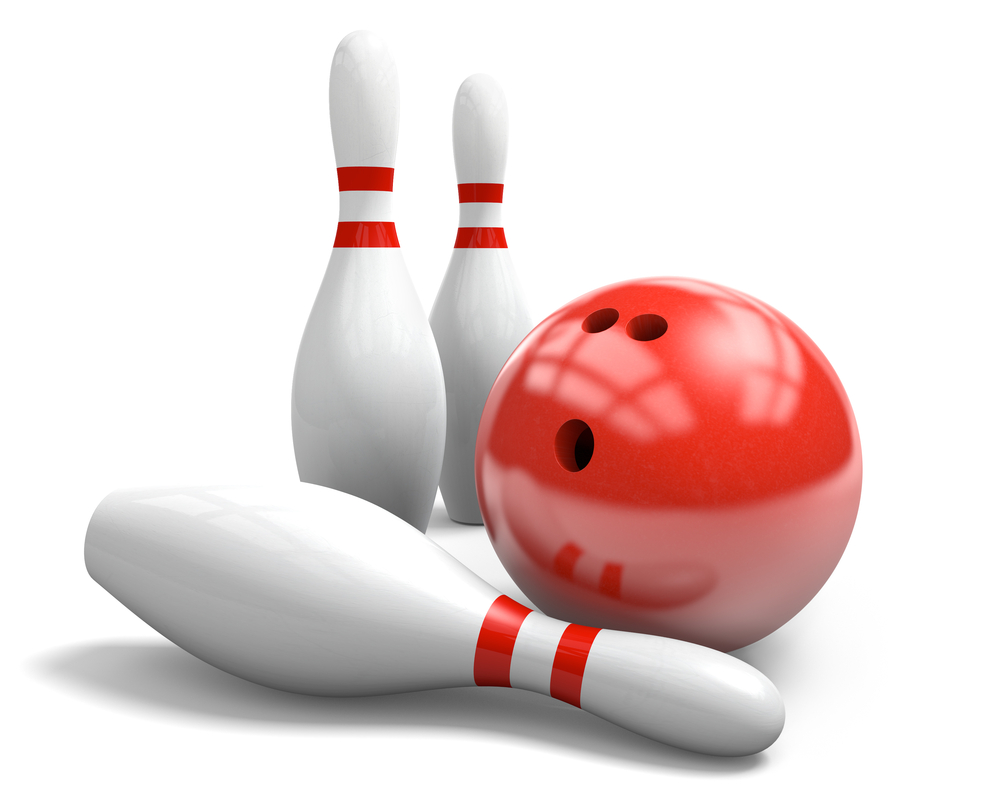
Why Does Temperature Matter for Bowling Balls?
Temperature can affect your bowling ball in a number of ways.
For one thing, cold temperatures add weight to the ball, which can make it more difficult to control.
On the other hand, hot weather can cause the ball to expand, which can alter its aerodynamic properties.
Extreme heat can damage the ball's surface, making it less grippy and more likely to over-hook. As a result, bowlers should take care to avoid using their balls in excessively hot or cold conditions.
This will ensure that the bowling ball performs at its best and maximizes its chances of striking!
How Does Heat Affect a Bowling Ball?
Whether you're a recreational bowler or a professional, you know that a properly heated bowling ball can make all the difference in your game.
But have you ever wondered how heat affects a bowling ball?
First, it will cause the ball to become softer, making the ball hook to a certain side when rolling it down the lane.
It will also cause the ball to expand slightly, which can affect its trajectory.
In addition, heat will cause your bowling ball to sweat, which can make it slippery, attracting debris, resulting in a dirty ball, and being difficult to control.
So if you're looking to get the most out of your game, be sure to keep an eye on the temperature of your bowling ball.
Can Bowling Balls Crack Due to Cold?
Most people know that extreme temperatures can cause damage to objects. But what about bowling balls? Can they be damaged by the drop in temperature? The answer is yes.
Bowling balls are made of a hard material, including resin, which can crack in both cold and hot temperatures.
In cold weather, the ball becomes more brittle and is more likely to crack if it is dropped or thrown against something hard, like the bowling lane.
In hot weather, the ball can soften and deform, making it less accurate when thrown. They can also expand and crack.
However, it is worth noting that bowling balls are designed to withstand a wide range of temperatures, so they are not particularly vulnerable to temperature changes. If you take care of your bowling ball, it should last for many years without any problems.
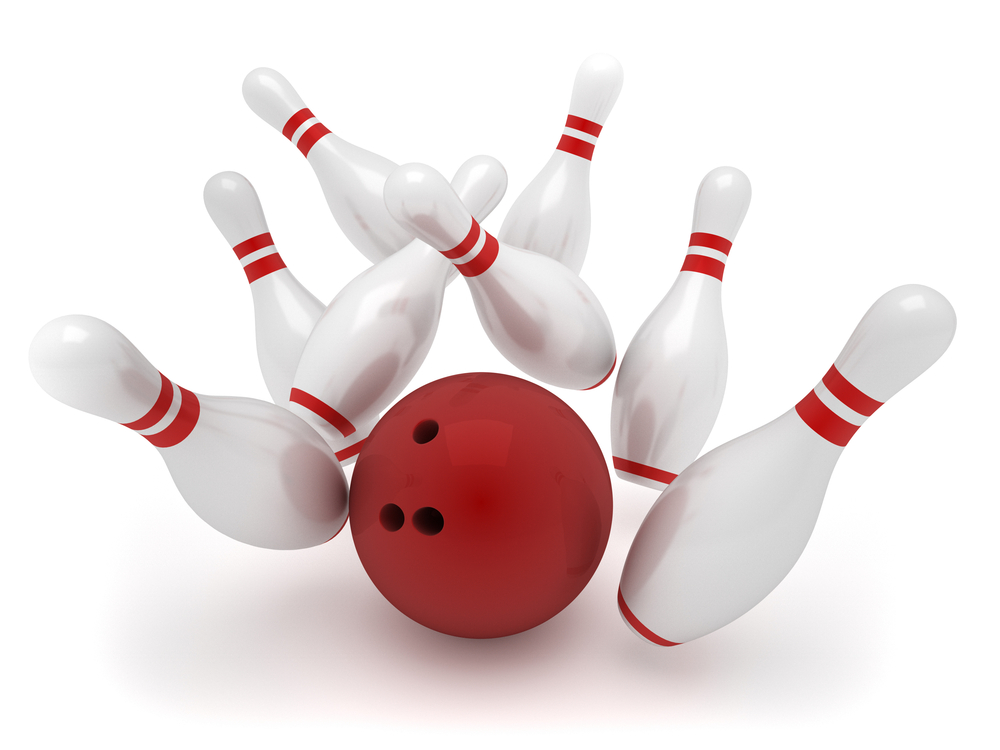
What Other Damage Can Cold Cause to a Bowling Ball?
While most people know that it isn't a good idea to leave their bowling ball in the car on a hot day, many are surprised to learn that cold weather can also be damaging.
Bowlers who store their balls in unheated areas during the winter months may find that their ball cracks or chips when they take them out to use them.
Cold temperatures can also cause some discoloration, as well as making the ball more difficult to grip. In addition, cold weather can make it difficult to keep the ball clean, as dirt and debris are more likely to stick to the surface.
To avoid this, bowlers should keep their balls in a temperature-controlled environment, such as a basement or closet, during the colder months.
How to Properly Store Your Bowling Ball
Bowlers know a good bowling ball is an essential piece of equipment. Not only does it need to be the right size and weight, but it also needs to be properly cared for in order to perform its best.
One of the most important things you can do for your bowling ball is to rotate it at least once a week. This helps to evenly distribute the wear and tear and prevents any one part of the ball from becoming too worn down.
In addition, you should always store your bowling ball in a cool, dry place. Extreme temperatures can damage the ball and affect its performance, so it's best to keep it in a temperature-controlled environment.
Most balls come with a new bowling ball bag when you purchase them, or perhaps you can buy one, and that's the best place to store your ball when you're not using it. Be sure to store your ball in a bag with a zipper to keep any dust-out and open air circulating. You don't want your ball to become too dry, as that can lead to cracks.
If you're going to be storing your ball for an extended period of time, you may want to consider investing in a ball rack. This will keep your ball from becoming deformed over time. Whatever storage option you choose, just be sure to take good care of your ball so that it will last for many years.
You should never store your ball in your garage or in the trunk of your car, as extreme temperatures can damage the coverstock. Instead, keep your ball in a cool, dry place indoors, or be mindful of temperature fluctuations.
Lastly, keep your bowling ball wrapped in plastic wrap or in a plastic Ziploc bag. This will help to protect the ball from dirt and debris.
How Can I Warm My Bowling Ball?
A warmed-up bowling ball is essential for a good game. A cold ball can cause the oil on the lanes to be less effective, making it harder to get a good score.
Unfortunately, it can be difficult to keep your ball warm during a long game. If you find yourself struggling to keep your ball warm, you can use the submersive cleansing methods to heat it up.
For example, you can submerge your ball in hot water for a few minutes before you start bowling.
You can also use a hairdryer or a heat lamp to warm your ball up before you bowl. By using one of these methods, you can ensure that your ball is warm and ready for a great game.
Frequently Asked Questions
Can a Broken or Cracked Bowling Ball Be Repaired?
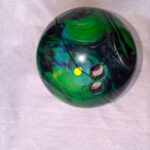
Yes. In most cases, a broken or cracked bowling ball can be fixed. However, the extent of the damage will dictate how difficult the repair will be. For example, a small crack can usually be filled with epoxy and then sanded smoothly. However, if the crack is large or the ball is severely damaged, it may need to be replaced.
Is It Ok to Leave a Bowling Ball in the Car?

No. It is not ok to leave bowling balls in the car. The two main reasons are the car isn't temperature controlled, and the other is safety.
The fluctuating temperatures inside the car and also direct sunlight will damage the bowling ball's coverstock and core. Most importantly, driving with a bowling ball in the car can be a safety hazard because bowling balls can propel from impact. A personal experience taught me this lesson.
Is There a Perfect Temperature for Higher Scores?
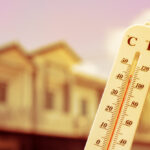
Generally speaking, the ideal temperatures for high scores are 71.6°F to 64.4°F or 22°C to 18°C. The goal is to allow your bowling ball time to acclimate to the room temperature before bowling, so bring your bowling ball inside. The change in temperature or extreme temperatures can negatively affect your ball and your score.
Related Articles
- Can Bowling Balls Be Stored In the Garage?
- Do Bowling Balls Absorb Oil?
- How Much Does It Cost To Drill a Bowling Ball?
Because bowling balls can freeze, it means bowlers need to take precautions when playing in cold weather conditions. Make sure your ball is well stored, and avoid leaving it out in the cold for extended periods of time.
With a little bit of preparation, you can stay safe and continue enjoying one of America’s favorite pastimes, even during chilly winter months.
Kira Byrd, a Certified Fraud Examiner, holds a B.S. in Accounting from the University of Alabama at Birmingham. With a passion for bowling from her childhood, Kira has poured her expertise and personal experiences into creating and nurturing Bowling For Beginners. Kira's mission is to meet new bowlers where they are and guide them toward consistently achieving higher scores. With a focus on skill development and strategic techniques, she empowers readers to take control of their game and unlock their true potential.
Bowling For Beginners embodies strict editorial integrity, ensuring reliable and unbiased information. Kira's commitment to delivering valuable insights and practical strategies is reflected in every article. Here's an explanation of our editorial policy and how we get money.





